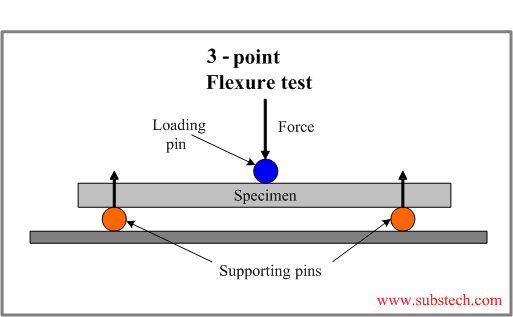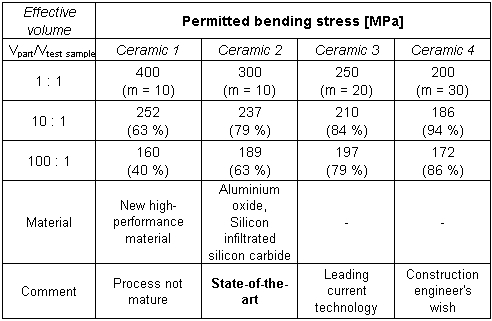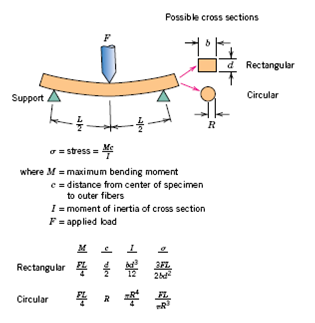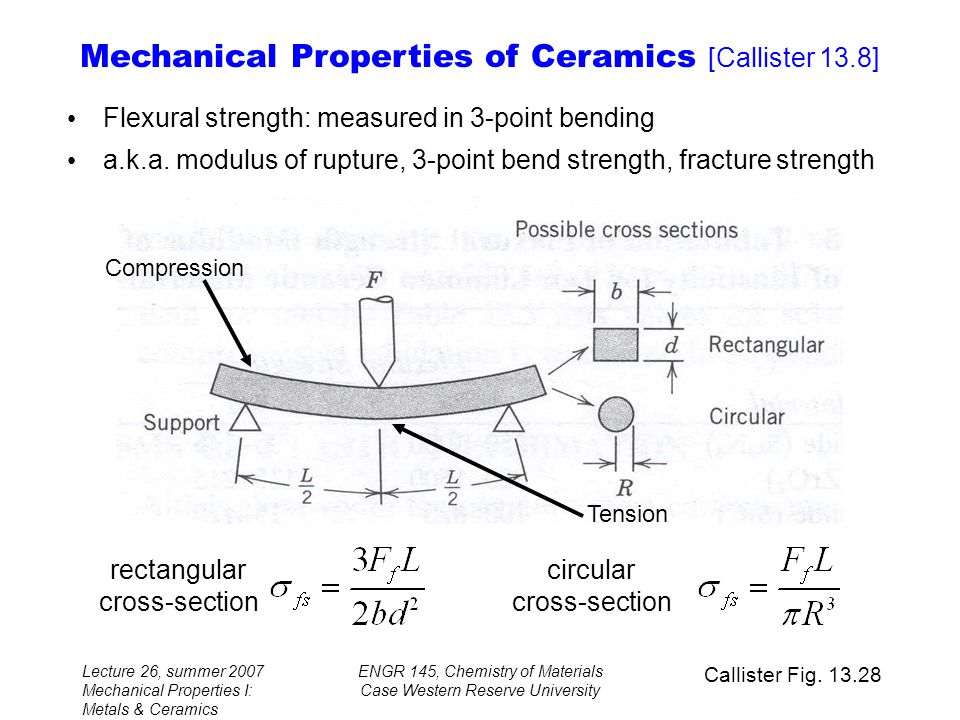Flexural Modulus Of Ceramics

Material specific gravity sg coefficient of linear expansion α m m k maximum safe operating temperature o c.
Flexural modulus of ceramics. Flexural strength also known as modulus of rupture or bend strength or transverse rupture strength is a material property defined as the stress in a material just before it yields in a flexure test. Ageing had a deleterious impact on the flexural strength of all rcb while its effect on the flexural modulus was insignificant. Properties of some common ceramics. Specimens were diamond machined from both hot pressed and sintered billets that were prepared from alkoxy derived powders.
Enamic the polymer infiltrated ceramic network material had a significantly higher flexural modulus than the dispersed fillers materials. For full table with tesnsile strength compressive strength flexural strength and modulus of elasticity rotate the screen. The transverse bending test is most frequently employed in which a specimen having either a circular or rectangular cross section is bent until fracture or yielding using a three point. Flexural strength in ceramic materials is usually measured by breaking test bars or rods in 3 or 4 point bending on a universal testing machine.
The picture to the left shows a bar of technox 2000 300 x 12 x 4mm being tested and which is deflecting 4 5mm at its centre. Flexural testing is the most common method used to measure the uniaxial tensile strength of ceramics and glasses.



















